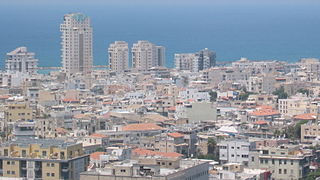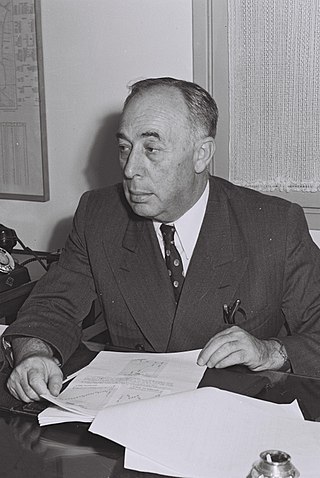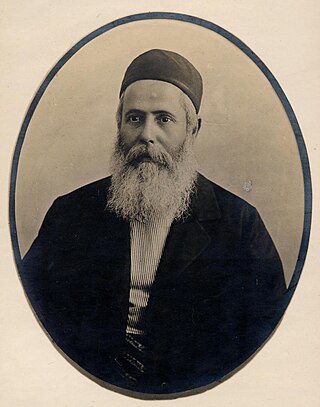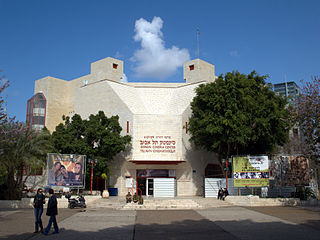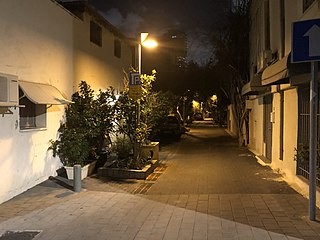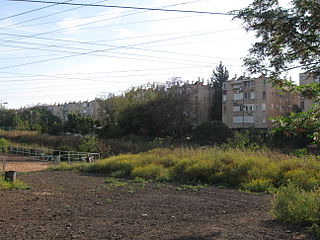History
In 1913, Moshe Abarbanel and Moshe Wiser obtained a license to establish a movie theater on a sandy plot between Neve Tzedek and Achuzat Bayit.
Eden Theater was inaugurated on 22 August 1914. It was designed by German architect Richard Michael and constructed at the corner of Lilienblum and Pines Streets in Neve Tzedek by Akiva Aryeh Weiss, a founder of Ahuzat Bayit. The name "Eden" was given by the writer Sh. Ben-Zion.
The theater housed a French generator, the first and only dynamo plant in the country at the time, which powered the surrounding streets before the establishment of Rutenberg's Electric Company.
Among the first films screened were Jonah and Spartacus, directed by Giovanni Enrico Vidali, The Last Days of Pompeii , and silent Russian films. Before premieres, a local orchestra would parade through the streets, playing drums and cymbals to announce the new movies.
During World War I, the Ottoman authorities confiscated the theater's projector.
In 1927, an open-air summer cinema, "Eden Kaytzi," designed by architect Dov Hershkowitz, was added adjacent to the original winter cinema. The summer hall accommodated 1,000 seats. On hot summer evenings, Moshe Abarbanel would spray rosewater among the audience to mask unpleasant odors.
Eden Theater also became a cultural hub, hosting the first performances of the Eretz-Israel Theater, the Israeli Opera under Mordechai Golinkin, Purim balls, and beauty contests organized by the bohemian artist and dancer Baruch Agadati.
In the 1920s, it featured major silent films from Hollywood and Germany's UFA studios, accompanied by a resident chamber orchestra. Jerusalem Segal, a pioneer in film translation, managed intertitles using a magic lantern.
In 1930, the silent film era at Eden ended when Wiser and Abarbanel introduced "talkies" to Palestine. The first sound film shown was The Jazz Singer starring Al Jolson, marking a revolution in cinema. The first Israeli film screened was The Song of Israel , featuring cantor Yossele Rosenblatt, who died during its production.
Eden hosted grand receptions for prominent figures, including General Allenby, who captured the region from the Ottomans, Herbert Samuel, the first British High Commissioner, Lord Balfour, and Lord Amery.
In the 1940s, the theater faced financial difficulties and was temporarily shut down during a labor dispute, which was resolved by dividing ownership 60% to employees and 40% to management.
After Israel's establishment, Eden experienced a renaissance, screening films from Turkey, Persia, India, and Arab countries. Classics like The Vagabond , Sangam , and movies starring Farid al-Atrash, Abdul Wahab, Laila Mourad, and Raj Kapoor were immensely popular, attracting audiences from across the country.
Following persistent offers from Bank Leumi, Eden's management agreed to sell the theater (both winter and summer halls) after the Yom Kippur War. Eden ceased operations in July 1974. In the 1980s, the building was repurposed as the bank's computer unit but was later abandoned.
In June 2012, as part of Tel Aviv's White Night events, the building hosted a video art exhibition.
In 2016, plans were announced to add additional floors to the cinema and convert it into a luxury hotel. Today, the structure remains sealed and neglected, although the original sign and ticket booth are still recognizable.






